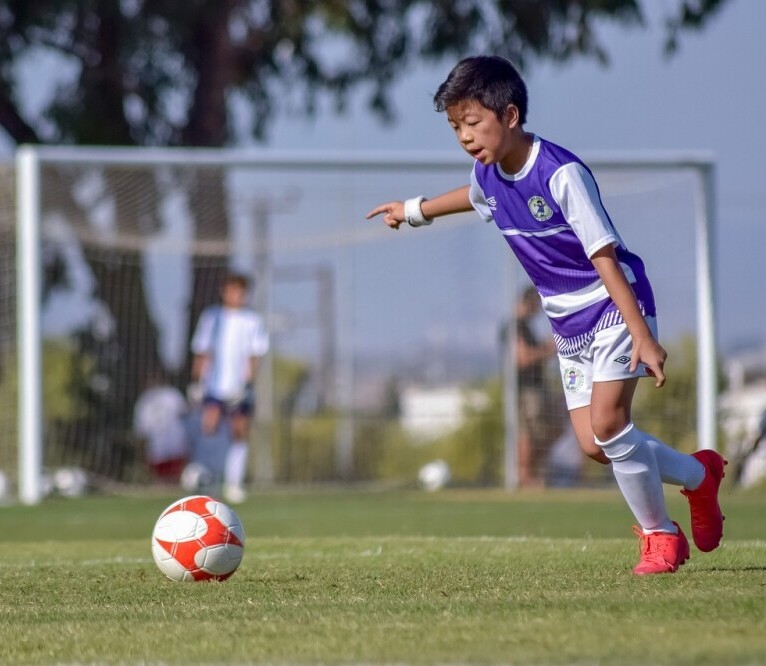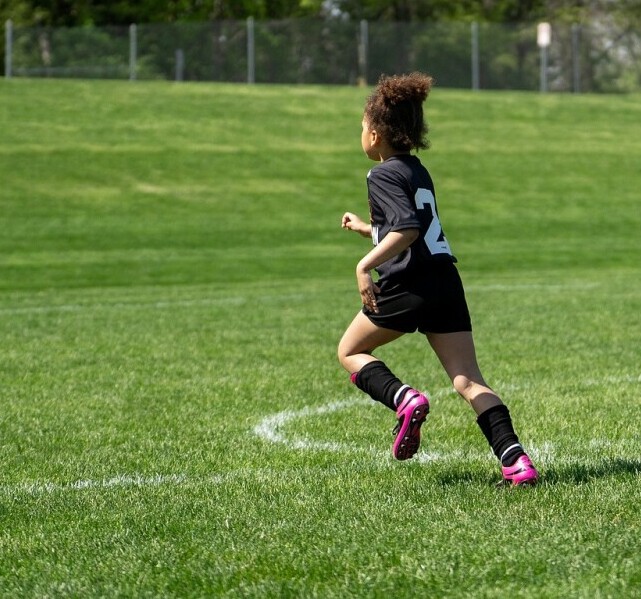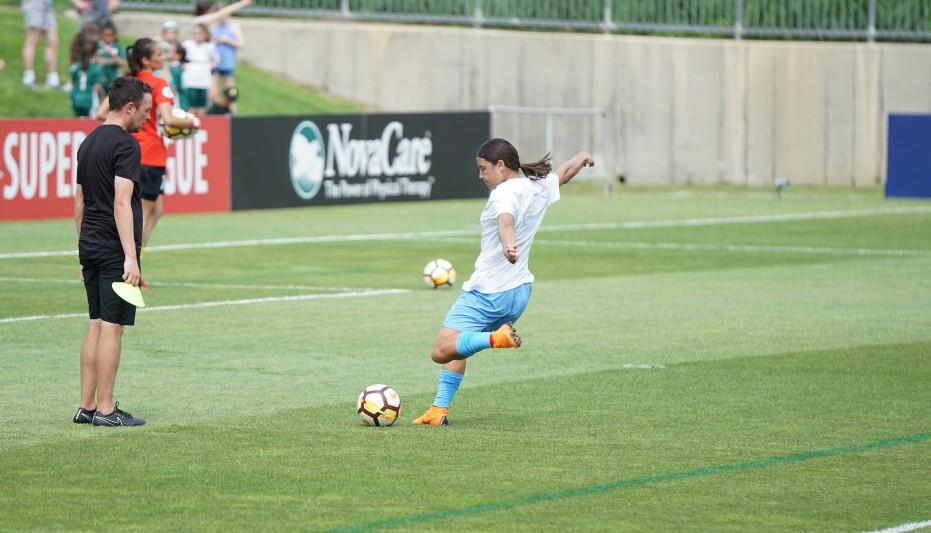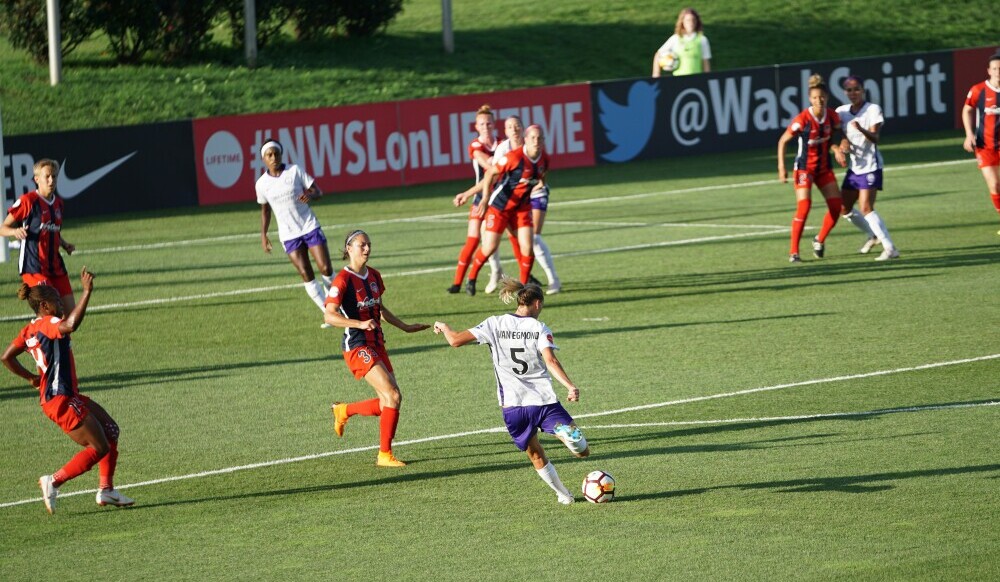Scoring in soccer isn’t just about kicking the ball into the net; it’s the heartbeat of the game.
Whether you’re cheering from the stands or making moves on the field, a goal changes everything.
It can electrify fans, shift strategies, and even turn the tables in a fiercely contested match.
For beginners, understanding scoring isn’t merely the mechanics of the kick.
It involves grasping how goals shape a game and how they reflect a team’s strategy.
Imagine knowing that with one goal, you can lift a team from despair to victory.
Getting familiar with a few key terms can help. Words like ‘shot’, ‘goal’, and ‘strike’ become part of your regular vocabulary on the field.
They might sound basic, but they’re the building blocks of your journey to becoming adept at the sport.
Ready to kickstart your soccer journey?
Remember, scoring isn’t just the end result—it’s a skill and an art to be mastered through practice and perseverance.
Let’s get going, and you’ll soon see how scoring redefines your experience of the beautiful game.
Warm-Up Drills: Preparing Your Body
Kicking off with a proper warm-up safeguards you against injuries and gets you in the zone for soccer.
This isn’t about generic exercises; it’s about prepping your body specifically for the twists, turns, and sprints you’ll face on the field.
Stretching is your best friend here.
Think of dynamic stretches like leg swings and arm circles that mirror the movements you’ll use in the game.
These get your muscles ready and firing.
Building stamina is also crucial. Hit the ground running with interval sprints.
These aren’t just about speed but about conditioning your muscles for the quick bursts of effort needed in soccer.
Don’t sleep on agility either. Ladder drills, with their focus on footwork, are super helpful.
They enhance coordination and balance, making you lighter on your feet and quicker to react.
A well-structured warm-up does more than just get your body ready. It sharpens your mind, ensuring you’re not just physically but mentally prepared to tackle those scoring drills ahead.
Basic Ball Handling Techniques
Having control of the ball is essential for anyone looking to improve their scoring abilities.
It’s like having a conversation with the ball, where your foot is the voice. Mastery here paves the way for smoother dribbles and cleaner shots.
Ball control comes first. Try simple dribbling drills where you zigzag between cones.
 This isn’t just about getting from one end to another; it’s about controlling the ball without gluing your eyes to it.
This isn’t just about getting from one end to another; it’s about controlling the ball without gluing your eyes to it.
Passing might seem straightforward, but nailing it requires finesse.
Focus on accuracy and speed, making sure your passes land right where you want them to. Partner up and practice quick, precise passes.
The first touch matters a lot more than you might think. A good touch sets you up for great play.
Practice receiving the ball softly and controlling it instantly to launch into your next move.
Building these basic skills will help you handle high-pressure situations better, making you a more reliable player when it’s crunch time in the game.
Shooting Basics: From Position to Execution
When it comes to shooting, it’s all about precision and power combining to create magic on the field.
But before you start blasting shots indiscriminately, understanding the basics is key.
First, consider your position. Standing facing the goal doesn’t automatically mean you’re in the best spot to score.
Look for angles that give you an edge, spots where you can outwit the goalkeeper.
There are a variety of shots you can use depending on the situation, and it’s worth practicing each one.
For instance, volleys require timing to strike the ball before it hits the ground, while ground shots rely on pace and aim.
Then there’s the classic header, which uses technique over sheer force.
To hone your precision, aim for target practice.
Set up cones or pick specific parts of the net during practice to sharpen your accuracy. Consistent practice can turn those wide shots into game-winning goals.
Every shot is a chance to create something unforgettable, so keep practicing until it feels natural to weave your shot into the gameplay with confidence.
Creating Scoring Opportunities
The secret sauce in soccer is knowing how to make those scoring chances appear out of thin air. It’s not just about brute force; it’s strategic play that counts.
A big part of creating opportunities lies in understanding the field. Every player placement can open or close space.
Picture where your teammates are and how you can exploit gaps in the defense.
Timing your runs with precision can leave defenders trailing.
Sprint into spaces just before you receive a pass, catching opponents off guard and giving you the edge needed to take a shot or make a killer pass.
Communication and teamwork are your best allies on the pitch. Practicing one-two passes with a partner sharpens your ability to work as a cohesive unit, turning a tight defense into Swiss cheese with quick, strategic passes.
Scoring is often the result of well-orchestrated teamwork rather than solo flair plays.
Embrace working with your team to create openings and boost your overall effectiveness on the field.
Progression and Evaluation
Getting better at soccer scoring drills is a marathon, not a sprint.
Tracking your progress is essential to growing as a player. It’s not just about practicing hard; it’s about practicing smart.
Keep a record of your drill outcomes.
Whether it’s the number of successful passes or the rate of on-target shots, having metrics helps you see where you’re soaring and where you need a little more lift.
Common mistakes can become habits if not caught early, so pay attention to feedback.
This is where a coach’s insight or a teammate’s perspective becomes invaluable. Use their suggestions as a learning tool rather than criticism.
Self-assessment is crucial.
Sometimes, just observing your own play through video or careful reflection can reveal patterns and areas for improvement you hadn’t noticed before.
Feedback loops are one of your biggest assets.
Absorb the feedback, apply it to your drills, and you’ll see small adjustments leading to big improvements over time.
Trust the process, and with consistency, you’ll turn those practices into standout performances.
Please leave your questions, thoughts and or your experience in the comment section below and I promise to get back to you.
Happy training!!!!!!
Happy soccer season!!!!!
” Here’s a little transparency: Our website contains affiliate links. This means if you click and make a purchase, we may receive a small commission. Don’t worry, there’s no extra cost to you. It’s a simple way you can support our mission to bring you quality content.”




2 Responses
As someone who has coached youth soccer, I’ve found that introducing beginners to scoring drills is essential for building their confidence and understanding of the game. One effective drill involves setting up cones to create target zones within the goal, encouraging players to aim for specific areas. This not only improves their shooting accuracy but also teaches them to think strategically about where to place their shots during a match. Additionally, incorporating dynamic warm-up exercises, such as leg swings and arm circles, helps prepare their bodies for the physical demands of shooting drills. Emphasizing proper ball-handling techniques, like dribbling through zigzag patterns, further enhances their control and ability to create scoring opportunities. By progressively building these skills, beginners can develop a solid foundation that will serve them well as they advance in the sport.
Hi Slavisa,
Thank you so much for sharing your insights and experiences as a youth soccer coach.
It’s great to hear how you incorporate scoring drills to build confidence and develop essential skills in beginner players.
I love the idea of using target zones within the goal—it’s such an effective way to help players focus on accuracy and strategic shot placement.
Teaching them to aim for the corners or low-driven shots can make a huge difference when they start facing real-game situations.
Dynamic warm-ups, like the ones you mentioned, are also a fantastic addition to scoring drills. Preparing the body for movement not only helps prevent injuries but also improves shooting power and flexibility.
Plus, incorporating dribbling exercises like zigzag patterns is a great way to reinforce ball control while setting up for a well-placed shot.
Building skills progressively, as you highlighted, is key to helping beginners develop a solid foundation. When they feel comfortable and in control, their confidence grows, and that translates to better decision-making on the field.
Thanks again for your valuable input.
Looking forward to continuing the discussion.
Best regards
Raymond